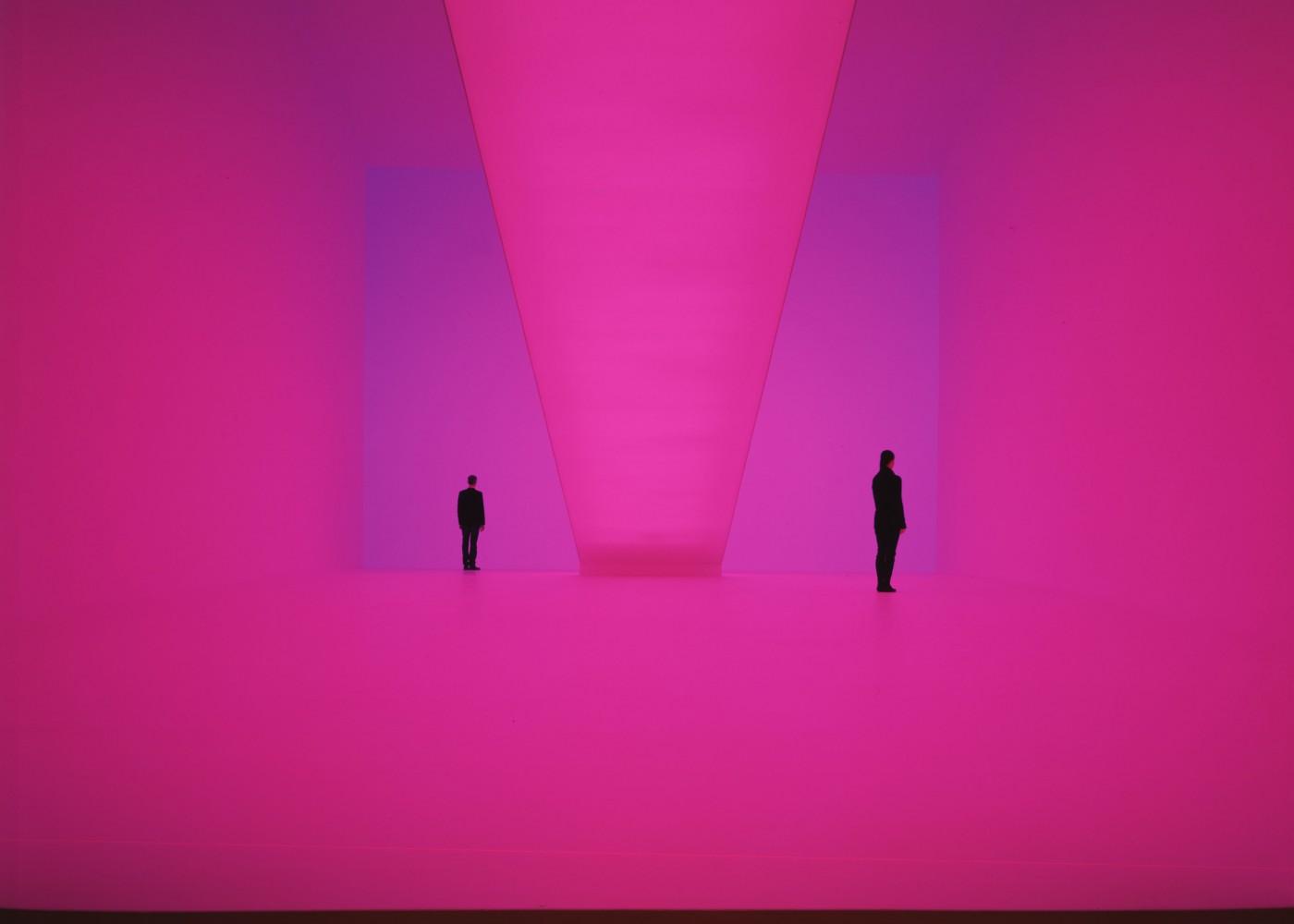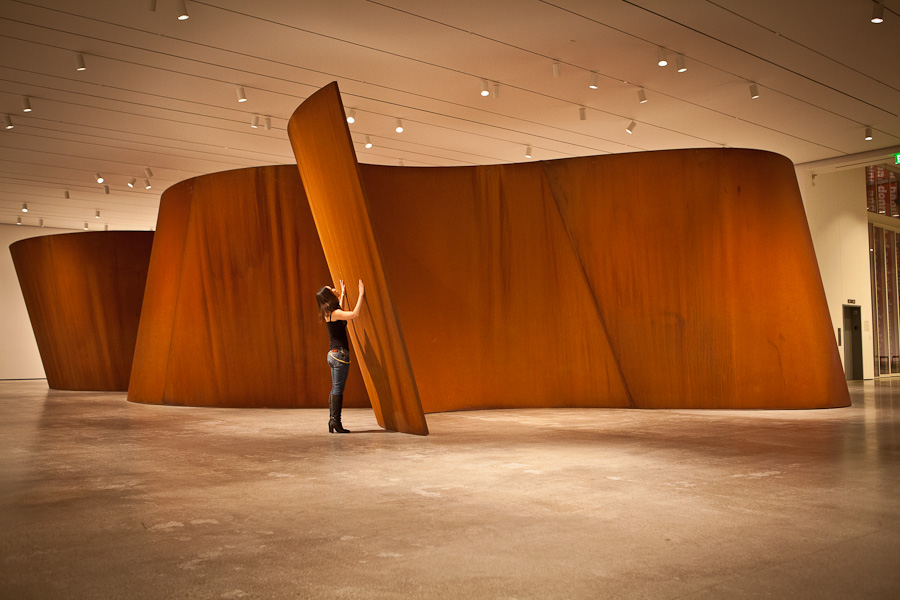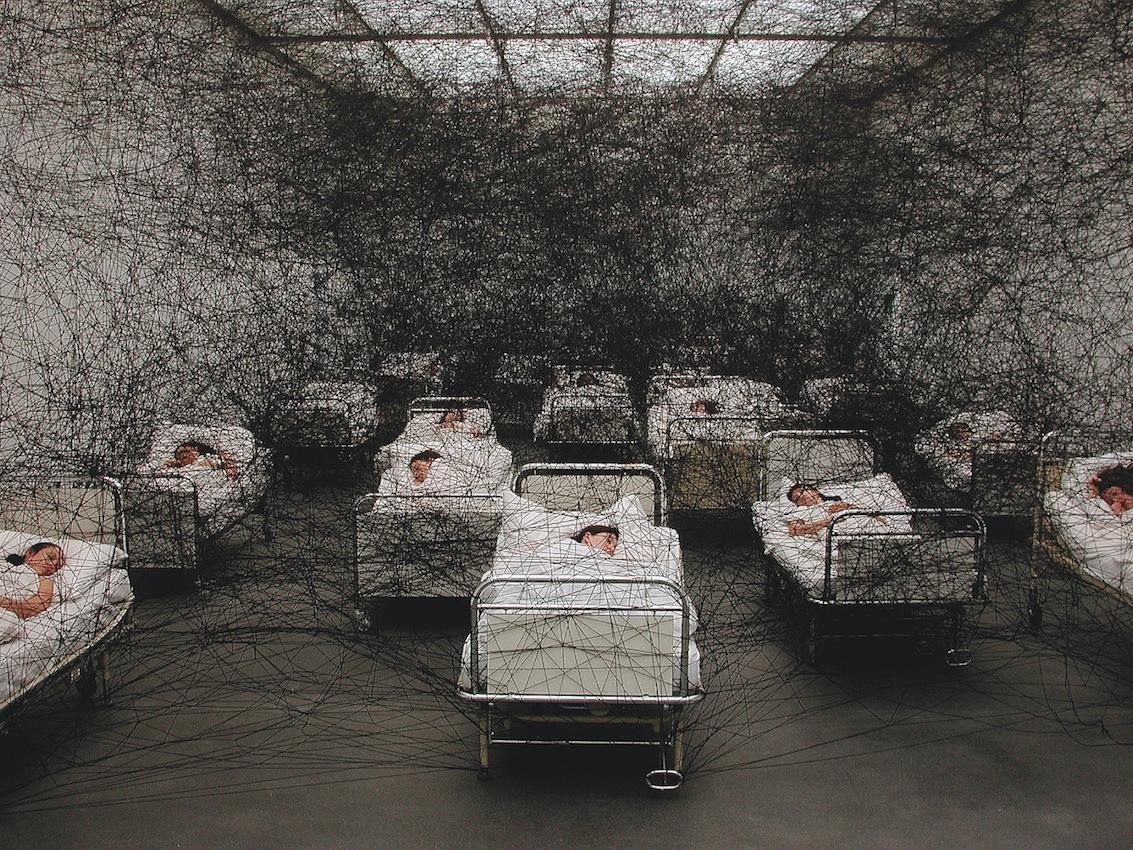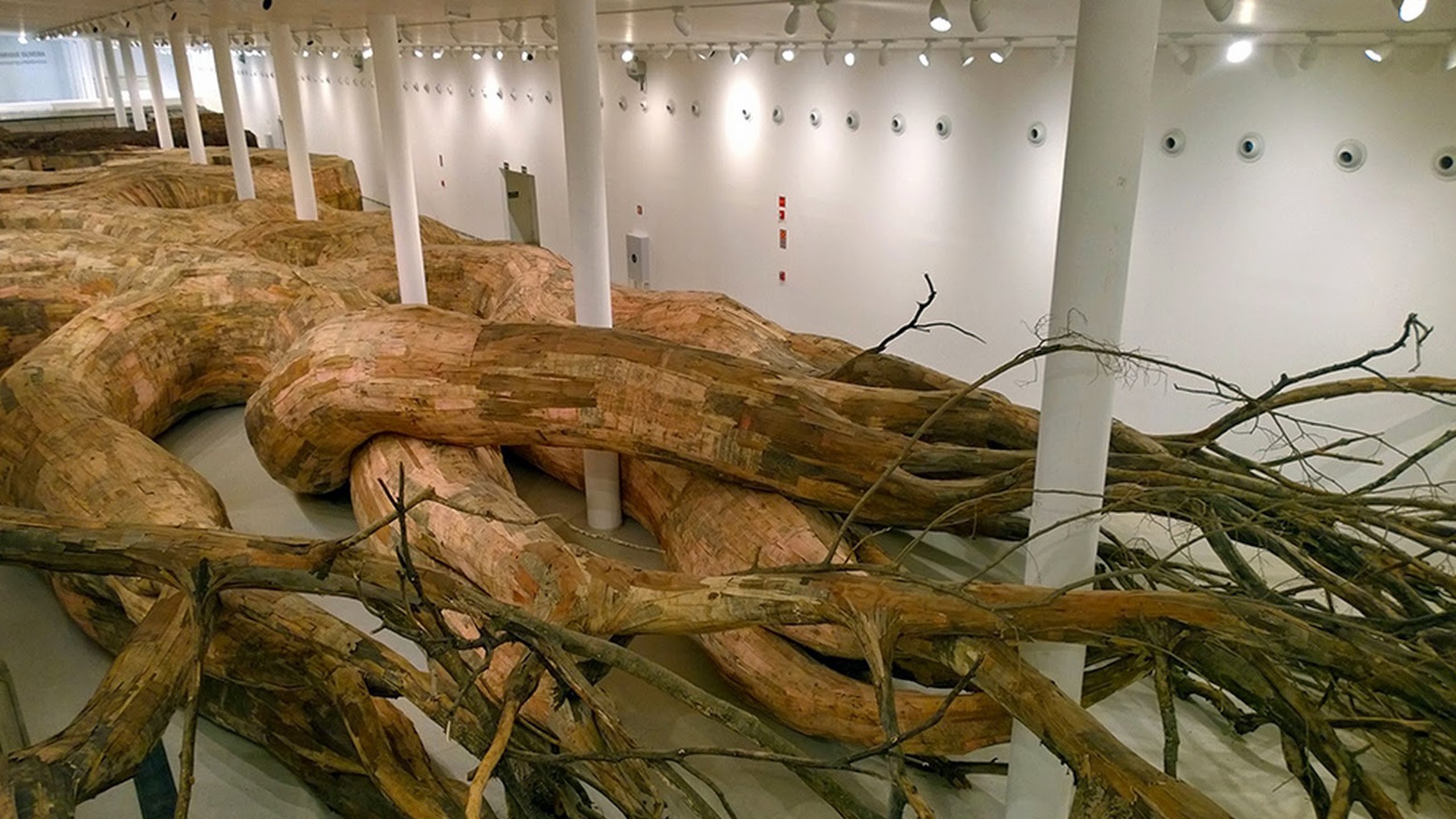The next assignment is an exercise in grayboxing and level design.
Create a “expressive” built environment meant to convey a state of mind, evoke a story, or memorialize an event. The scene must be navigable in a standard first person fashion and it can have dynamic and non-realistic elements.
By Tuesday 20
- Write a one-paragraph statement, describing what the level is and what the goals are.
- Create a miro with mood board and a series of annotated sketches (top down, details) that give me a sense of the environment.
- Read Meaningful level design by Christina “Phazero” Curlee – Introduction (pages 16-20) and Level Narrative (pages 55-66)
- Read these chapters from Robert Yang’s WIP book about level design
layouts
composition
landscape
By Thursday 22
Work in progress
By Tuesday 27
Create a greybox (aka blockout) of the environment. A 3d sketch without too many details that gives you an idea of the experience and the space. Add sounds (add sound source to an object and assign a sound file to it)
check out this thread – #blocktober
Thursday April 29, Tuesday May 4
Work days, topics dependent on the project.
By Thursday 6
Add details, props and make it visually consistent.
Deliverable: post a few representative screenshots and links to the mac and window executables (uploaded on drive). The critique will happen through screen share.
Template
In order to start this project I recommend going through these steps.
- Create a new project named Expressive Architecture and import this package
- Start from the scene “game” in the folder Scenes
Customize the sky material and the ground material.
The package includes other scenes:
Objects – some models from the game everything
Materials – a showcase of different materials and shaders explained in this video
Scripts – a couple of useful scripts for first person environments explained here:
Additional Resources
Depending on your needs I will post some examples and tutorials here.
….
Terrain and Probuilder
Progrids tutorial 1 – tutorial 2
Probuilder intro tutorial (a bit old) and various official tutorials
Terrain tutorial – terrain tools tutorial – download some terrain textures from here
Monuments, Memorials and Museums
Monuments are often erected in specific places and always in relation to a specific political agenda (eg the historical revision of the Civil War etc) but that doesn’t mean we can’t imagine them in virtual spaces or commemorating fictional events.

The Eve Online Monument in Reykjavik. Ok.
When they are more architectural than sculptural their structure is usually highly symbolic, expressive, even narrative.

UN memorial proposal
“as a metaphor acme designed a cube comprised of smaller cells which come together forming the final shape. each cell is meant to represent the collective nature of the united nations’ identity”

The Jewish Museum in Berlin with fractures and destabilizing non orthogonal surfaces to evoke the trauma of the holocaust.

The controversial Memorial to the murdered jews of Europe, also in Berlin shows how people’s actual use of space may be at odds with the intention of the creator.


Designed by Maya Lin, then a 21 years old student. Abstract and austere. It looks like scar on the National Mall in Washington DC. The memorial invites the viewer below ground level to read the names of the war’s more than 58,000 dead and missing inscribed on the face of two 247-foot black-granite walls. Now recognized as one the most powerful monuments of modern times , it was super controversial at the time (1982). Maya Lin got a B for that assignment.

The Wenchuan Earthquake Memorial Museum uses a similar strategy to commemorate the over 70,000 victims of the 2008 earthquake.



Concrete clickbait: next time you share a spomenik photo, think about what it means
Churches, chapels, temples etc
Buildings designed for worship often break from strictly utilitarian designs, always incorporate dense symbology in their structure and are created to elicit particular emotional states in the worshiper.



Contemporary examples and proposals for churches and worship buildings here and here

“The Forest of columns within the mosque must have reminded Arab worshippers of a grove of date palms, because for them the date palm was the quintessential symbol of their distant homeland.”
Highly symbolic buildings are demolished, rebuilt or repurposed all the time.
The Mosque–Cathedral of Córdoba is a unique example of stratification of traditions and symbology.
Expo Pavillions
National pavillions at world expo are often eyerolling and self-congratulatory but they are also occasion for bold, expressive, utopian architectural ideas.


The UK pavilion at Expo 2010 aka Seed cathedral is about the loss of biodiversity and features 250,000 plant seeds at the end of 60,000 acrylic rods projecting from the walls of the building.

Brazil Pavillion at Expo
Immersive Installation Art
Artists have been creating immersive worlds from way before the diffusion of simulation technologies. Installation art encompasses a lot of what was traditionally referred as sculpture and the label is applied to almost anything that exists in a gallery space, including video and sound art, but here some examples of artists that completely create or transform environments to be traversed by visitors.

Merzbau by Kurt Schwitters. six rooms of the family house in Hanover “renovated” between 1923 and 1933



James Turrell
Ganzfeld effect. A phenomenon of perception caused by exposure to an unstructured, uniform stimulation field. The effect is the result of the brain amplifying neural noise in order to look for the missing visual signals. The noise is interpreted in the higher visual cortex, and gives rise to hallucinations.



Gallery of Modern Art
installation view
Yayoi Kusama – The Obliteration Room
Yayoi Kusama
Started the infinity rooms in the ’60, but also pioneered pop art and feminist art.

Penetrables

Jesús Rafael Soto – Kinetic/Op-art installation Penetrable


Olaffur Oliasson – The weather Project, 2003
Olafur used humidifiers to create a fine mist in the air via a mixture of sugar and water, as well as a circular disc made up of hundreds of monochromatic lamps which radiated yellow light. The ceiling of the hall was covered with a huge mirror, in which visitors could see themselves as tiny black shadows against a mass of orange light



Stretchy biomorphic touchable installations, occasionally filled with spices.



Tomás Saraceno – artist/architect



Anish Kapoor – Creator of the bean sculpture in Chicago



Richard Serra – Most of his works are monumental public sculptures but some of them are environments.



Do Ho Suh. Korean Light polyester, recreating the houses he lived in.



Chiharu Shiota – Japanese


Thomas Hirschhorn (Swiss) – Cheap materials “universal, economic, inclusive, and don’t bear any plus-value”



Allyson Mitchell and Deirdre Logue – Killjoy’s castle
Nongames / artgames

Some explorable environments to be played in class that try to create an atmosphere and/or employ a distinctive style.
Studio Oleomingus’ The Indifferent Wonder of an Edible Place, In the Pause Between the Ringing, Museum of Dubious Splendors
https://studio-oleomingus.itch.io/
Oikospiel Book 1
http://www.oikospiel.com/
Islands
https://carlburton.itch.io/islands
The static
https://polclarissou.itch.io/the-static
I am not what remains
https://ompuco.itch.io/i-am-not-what-remains
0n0w
https://colorfiction.itch.io/0n0w
If we were allowed to visit
https://ianmaclarty.itch.io/if-we-were-allowed-to-visit
Even in Arcadia
https://girldebord.itch.io/arcadia
Anatomy
https://kittyhorrorshow.itch.io/anatomy
Paratopic
https://arbitrarymetric.itch.io/paratopic
Alien Caseno
https://fisho.itch.io/alien
Neo brutalism of tomorrow
https://moshelinke.itch.io/neo-brutalism-of-tomorrow

